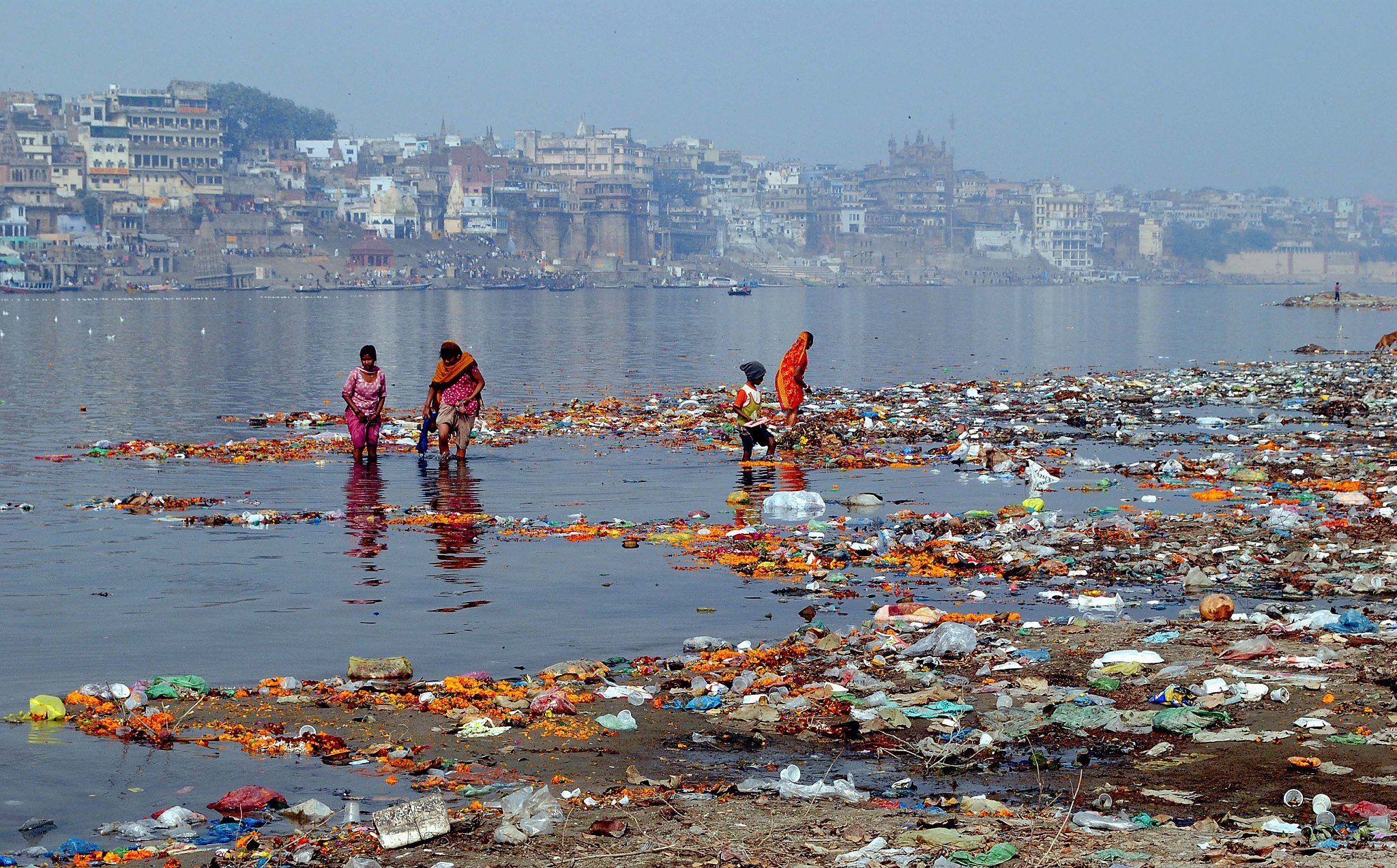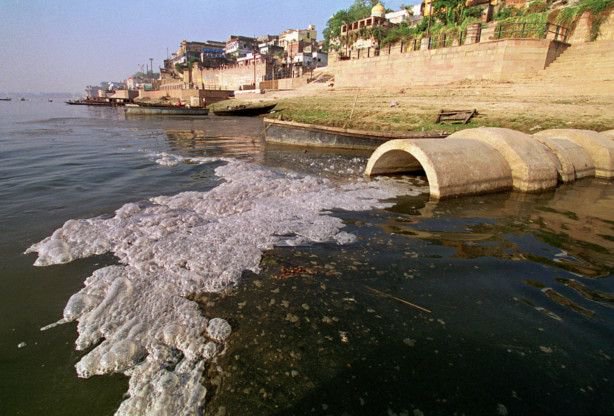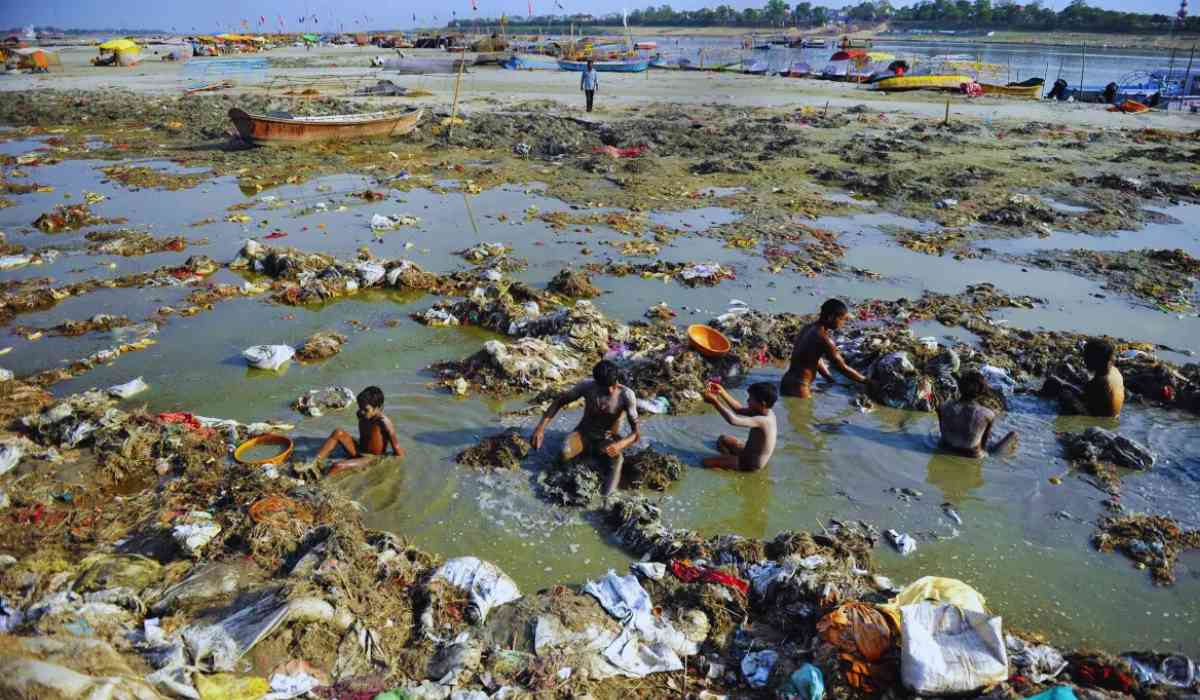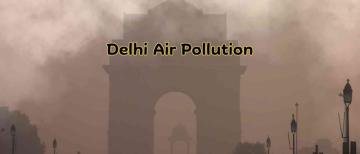Water Quality of the Ganga River: Current Status and Future Concerns
The Ganga River, revered as a holy water source in India, has long been plagued by severe pollution issues. As the Maha Kumbh Mela approaches in 2025, concerns regarding the river's water quality are paramount, especially given the expected influx of millions of pilgrims seeking to bathe in its waters.

Current Water Quality Status
Recent assessments indicate a notable improvement in the water quality of the Ganga, particularly at the Sangam point in Prayagraj, where the first Shahi Snan (royal bath) of the Maha Kumbh is set to occur. The Uttar Pradesh Pollution Control Board (UPPCB) reported that as of January 2025, the Biochemical Oxygen Demand (BOD) level was recorded at 3.0 mg/l and the Dissolved Oxygen (DO) level at 8.3 mg/l, making the water suitable for bathing. This improvement follows significant state interventions, including the temporary closure of industries discharging effluents into the river and the establishment of temporary sewage treatment plants (STPs).
However, challenges remain. On January 14, 2025, BOD levels were noted to exceed acceptable limits at 4 mg/l, indicating ongoing concerns about organic matter concentration in the water. Additionally, fecal coliform counts were measured at 3300 MPN/100 mL, surpassing the permissible limit of 2500 MPN/100 mL5. Such levels raise serious health concerns for pilgrims during the Kumbh Mela.

Historical Context and Ongoing Pollution Issues
Historically, the Ganga has been classified among the most polluted rivers globally, with studies revealing alarming levels of fecal coliform bacteria and heavy metals due to industrial runoff and untreated sewage discharge. For instance, a study indicated that fecal coliform counts could reach up to 100 million MPN per 100 mL in some areas. The leather industry in Kanpur has been a significant contributor to this pollution, using toxic chemicals that have led to chromium levels exceeding safe limits by over 70 times.
Despite past efforts and government initiatives aimed at cleaning the river, such as during the COVID-19 lockdown when temporary improvements were noted due to reduced industrial activity, long-term solutions remain elusive. Continuous monitoring and enforcement are crucial to maintain water quality standards.
Upcoming Concerns: Maha Kumbh Mela 2025
With millions expected to participate in rituals during the Maha Kumbh Mela from January 13 to February 26, 2025, authorities are under pressure to ensure that Ganga water meets safety standards for bathing and drinking. The National Green Tribunal (NGT) has mandated that no untreated sewage be discharged into the river during this period and has called for enhanced monitoring by both state and central pollution control boards.
The projected increase in sewage generation during this event—estimated to rise by 10%—adds urgency to these measures. The NGT's directives emphasize maintaining BOD levels below 10 mg/l and ensuring fecal coliform counts remain within safe limits.
Conclusion
The Ganga River's water quality remains a pressing issue as it balances its sacred status with environmental realities. While recent improvements offer hope, ongoing monitoring and stringent regulatory measures are essential as millions prepare for their spiritual journeys in early 2025. The intersection of religious devotion and environmental stewardship will be critical in determining whether this holy river can sustain its revered status amidst modern challenges.
With inputs from agencies
Image Source: Multiple agencies
© Copyright 2024. All Rights Reserved Powered by Vygr Media.





















